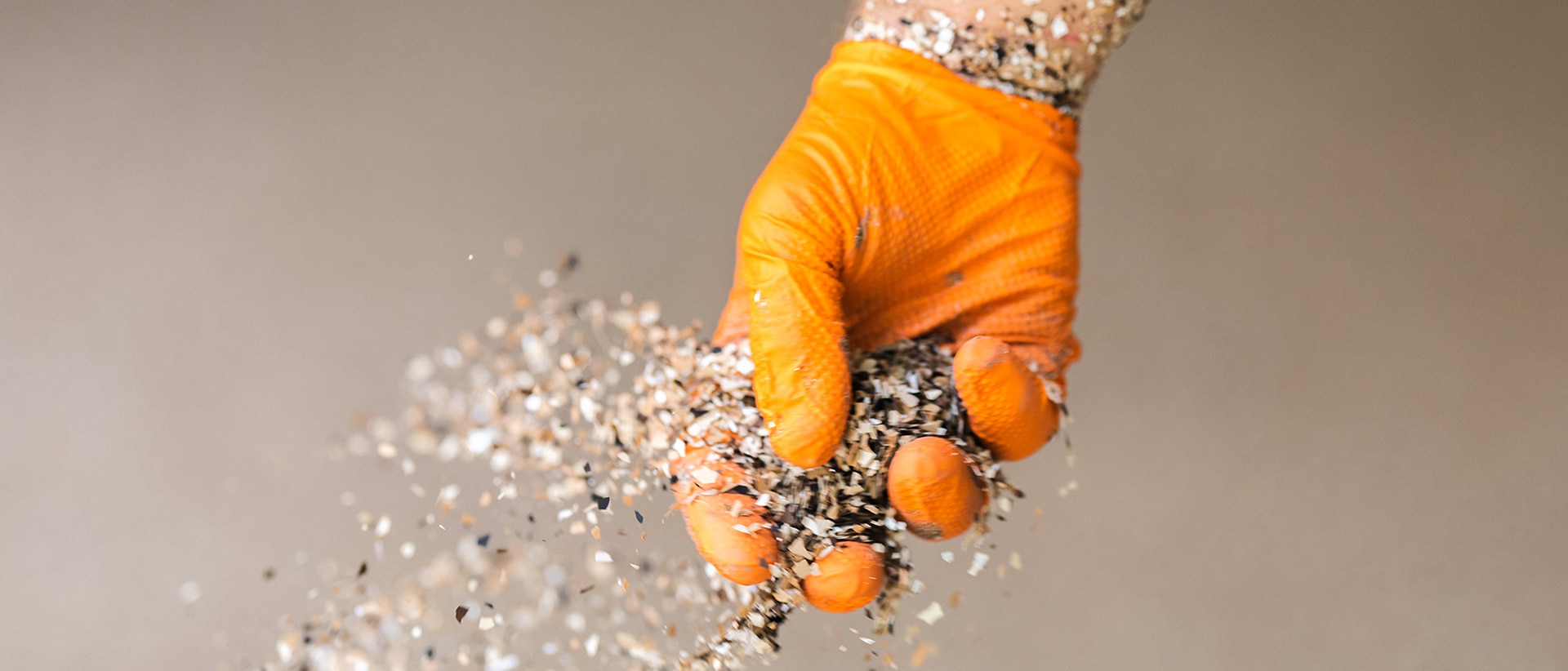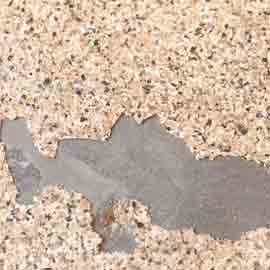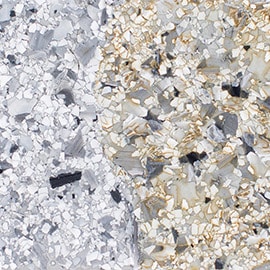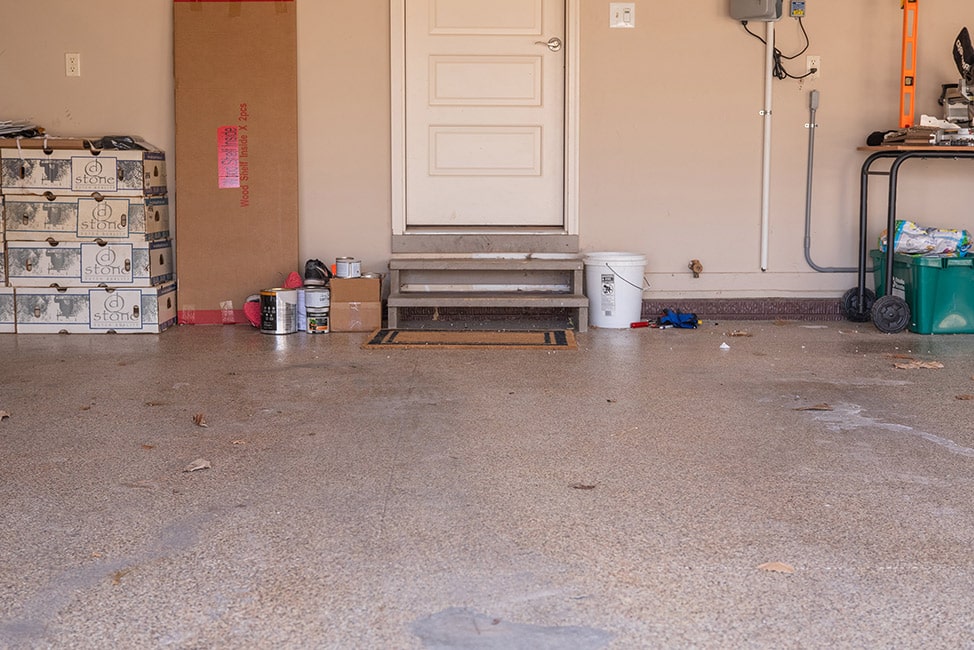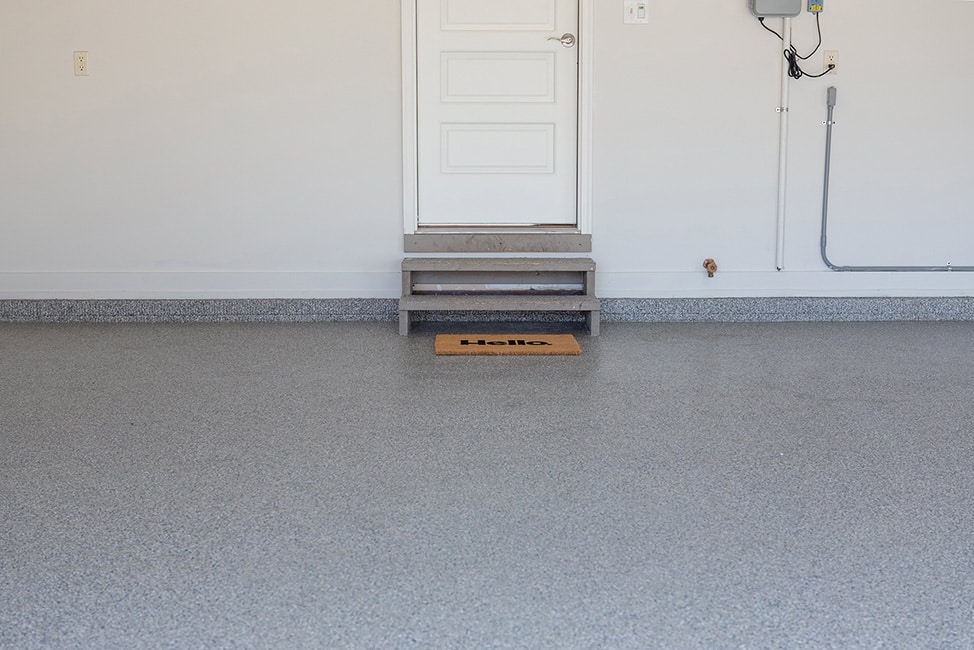Superior Polyurea Floor Coating Alternatives
When Hello Garage first started, we researched many different garage floor coatings—from polyurea and epoxy to garage floor paints and polyaspartic technology. As you begin to narrow down your choices in garage floor coatings, it’s important to make an educated decision regarding what’s best for your garage. While polyurea flooring is often marketed as durable, our research and experience have found polyaspartic to be the superior garage floor coating material.
What You Should Know About Polyurea Coatings
Polyurea floor coatings offer an upgrade in durability, flexibility and protection compared to their DIY and epoxy counterparts. However, they still have their drawbacks, including:
Polyaspartic vs. Polyurea
When it comes to floor coatings, you should choose the kind that looks the best and lasts the longest. Polyaspartic beats polyurea coatings in both those areas without question. Why? Polyaspartic floor coatings are polyureas that have been modified to cure slower and resist ultraviolet radiation (UV). Polyaspartic is the best polyurea garage floor coating alternative, offering superior adhesion and resistance to peeling and yellowing. It outperforms in real-world conditions where durability matters most. Just take a look:
UV Exposure: Any Color You Like… So Long as it’s Yellow.
First, a little chemistry: All polyaspartics are polyureas—a type of viscous, elastic polymer. However, common polyureas are aromatic compounds, whereas polyaspartics are next-generation polyureas that have been modified to have stronger carbon bonds. This important difference means that while common polyureas are highly susceptible to UV radiation that will cause yellowing over time, modern polyaspartics are completely UV-stable.
Translation: A polyaspartic garage floor coating has all the benefits of a polyurea coating but won’t yellow with sunlight exposure.
Polyaspartic
Polyurea
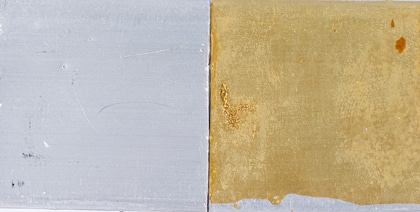
Clear Coat
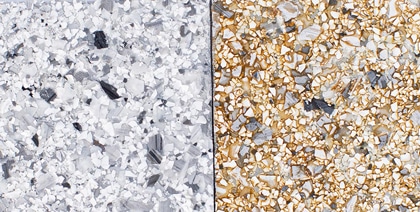
Clear Coat on HG Pearl Flake
100% Polyaspartic Coatings: Outperforming Polyurea Floor Coatings Year-in, Year-Out
If a garage flooring company is selling a polyurea floor coating, you can bet it isn’t a polyaspartic polyurea—otherwise, they’d say so. That’s why understanding the differences between polyurea and other coatings is so important, and why you should always ask the right questions. If you end up with a non-polyaspartic polyurea coating, your floor might look good for a little while, but there’s a strong chance it will start peeling and delaminating due to poor adhesion. Plus, it will likely turn yellow after just a few years.

